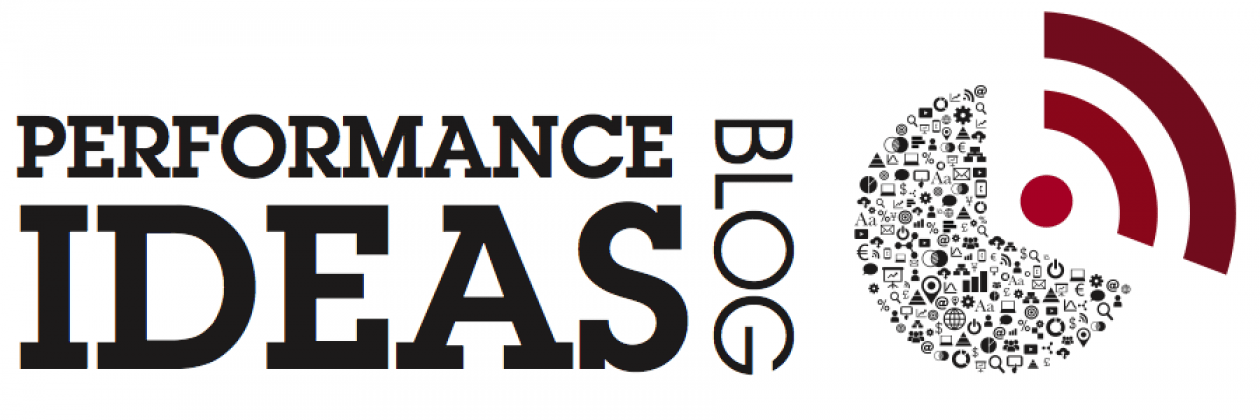-
A conversation with the King of KPIs – David Parmenter
DAVID PARMENTER Two winters ago, I traveled to Prague to speak at a large conference about Performance Management. As the taxi approached the hotel which was set beneath the breath-taking castle, I felt a sense of excitement: I was just minutes away from meeting a king for dinner. Not any king. Not a member of…
-
Battle Hymn of the Tiger Manager
CAUTION Please do not read this post if you are opposed to humor, irony and severe sarcasm. THE BATTLE CRY The other day I came across an article in Time magazine about Amy Chua. Even here in Europe we can’t ignore her infamous book “Battle hymn of the tiger mother”. No matter if you agree…
-
IBM Business Analytics at the Gartner BI Summit 2011
It’s that time of the year! The annual Gartner BI Summit is just around the corner. This year’s edition will take place from January 31st through February 1st at the Park Plaza Westminster Bridge in London. IBM is one of the main sponsors for this event, and my team and I will be quite busy…
-
3 ways to analyze and communicate Forecast Accuracy
Analyzing Forecast Accuracy What’s the best kept secret in your company? Well, hopefully not your forecast accuracy numbers? Forecast accuracy should not be a calculation that happens behind closed doors. But the numbers should be communicated and analyzed to be really useful. Here are three ways you can communicate and analyze your numbers: The table…
-
4 additional things to know about Forecast Accuracy
How is your forecast accuracy measurement project going? I hope the last post convinced you to start measuring this. But there are still some open questions. Let’s take a look at some critical items that you should consider. TIME SPAN One of the things people often get confused about is the type of forecast accuracy…
-
Three things every controller should know about forecast accuracy
Forecast Accuracy Forecast accuracy is one of those strange things: most people agree that it should be measured, yet hardly anybody does it. And the crazy thing is that it is not all that hard. If you utilize a planning tool like IBM Cognos TM1, Cognos Planning or any other package, the calculations are merely…
-
Never trust a statistic?
Everybody hates and loves statistics. Right? If we can, we use statistics to obtain buy-in. Otherwise we might argue against them. They always say: “Never trust a statistic that you haven’t manipulated yourself.” Regardless of what we think about statistics, we are constantly being bombarded by them. News, websites, TV, etc.. They are everywhere. In…
-
And now something completely different….
Happy Holidays! Hope you will have time for a break to recharge the batteries. A few weeks ago, I started reading a great book by Garr Reynolds: The Naked Presenter. The author turned my attention to a wonderful speech by John Cleese. Yes, the famous comedian. And this is not a speech about comedy but…
Got any book recommendations?
